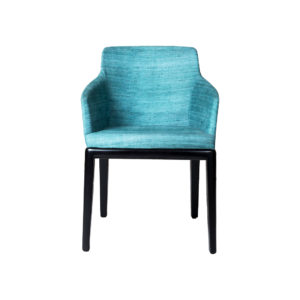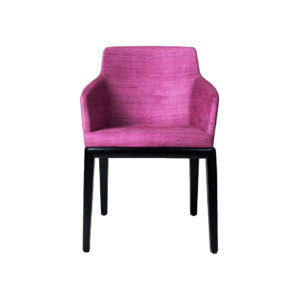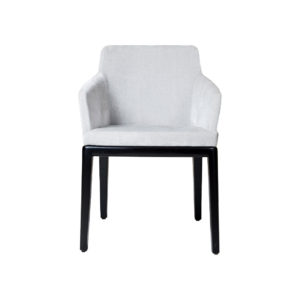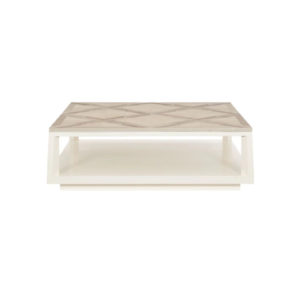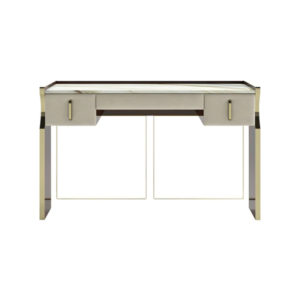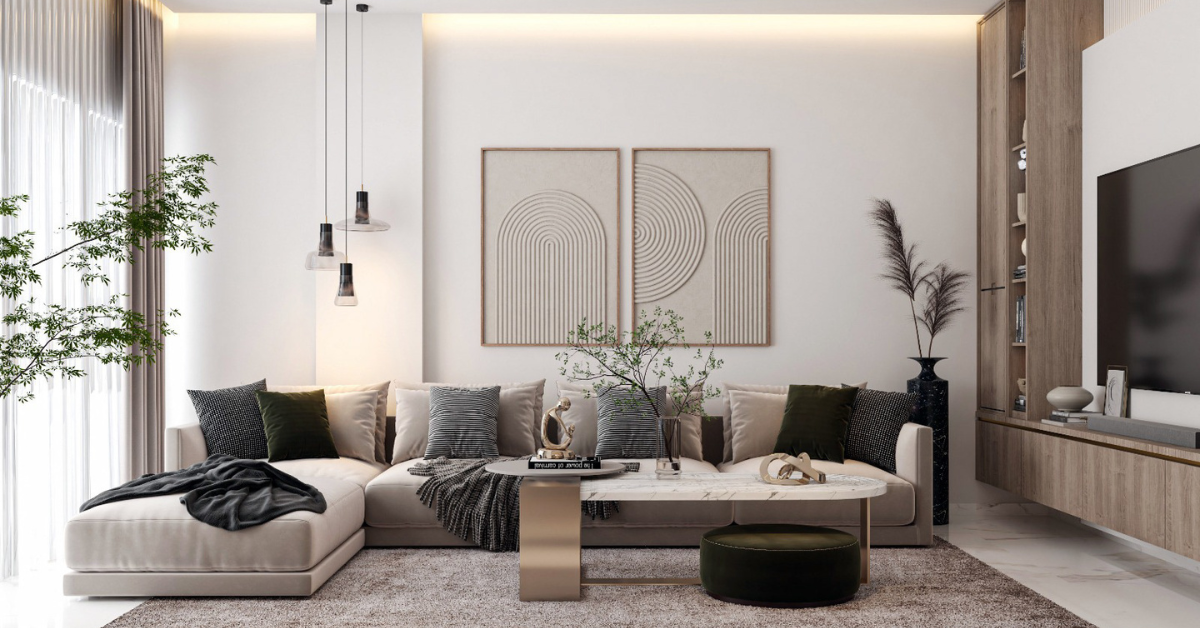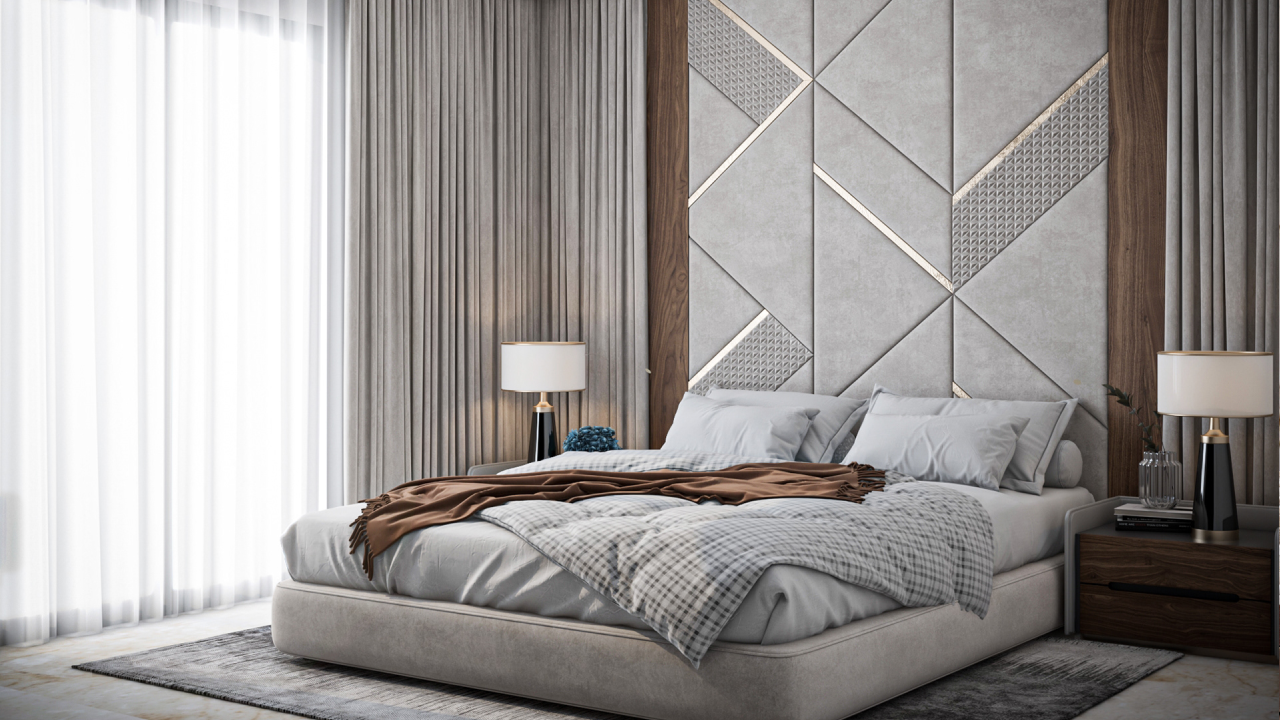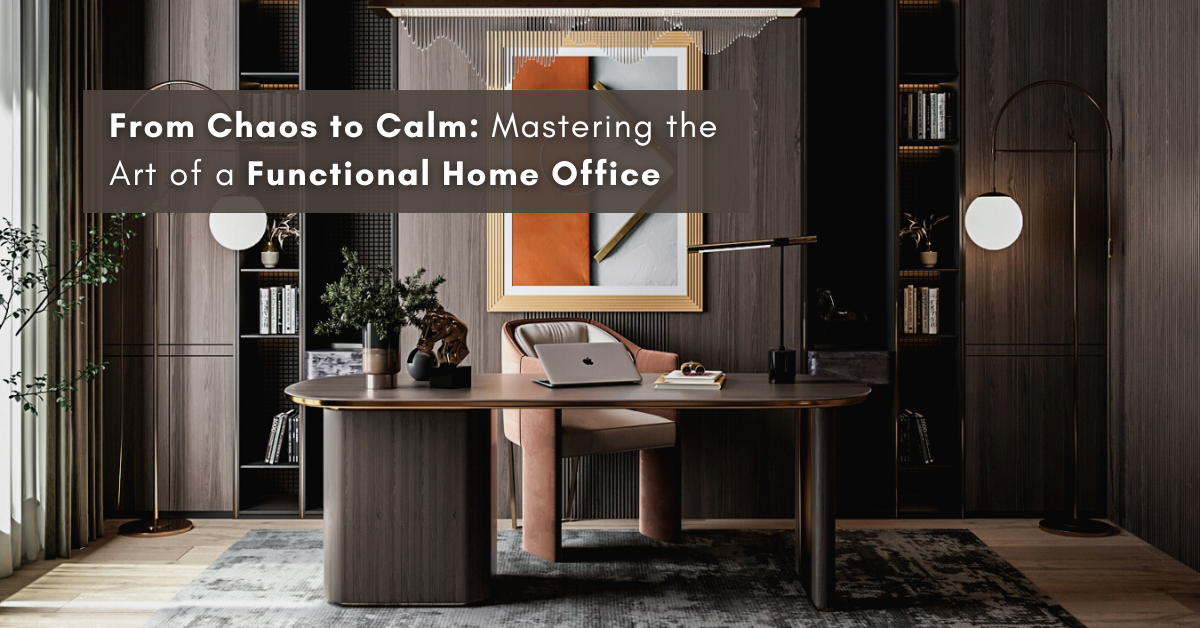
From Chaos to Calm: Mastering the Art of a Functional Home Office
Are you tired of a disorganized and uninspiring workspace? Unleash your productivity potential with our expert tips on designing a functional home office that will transform the way you work.
With the rise of remote work and the increasing importance of having a dedicated workspace at home, creating a functional home office has become essential. Designing a productive and comfortable home office involves careful consideration of furniture choices, ergonomic factors, organization techniques, and overall design aesthetics. In this blog post, we will provide valuable advice and tips to help you set up a stylish and functional home office that promotes productivity and supports your work-from-home journey.
Work Smarter, Not Harder: Designing Your Dream Home Office
1. Furniture Recommendations
The right furniture is crucial for a functional home office. Here are some furniture recommendations to consider:
Ergonomic Desk: Invest in a spacious, adjustable desk that provides ample surface area for your work activities. Look for one that allows you to customize the height, as proper ergonomics can prevent discomfort and strain.
Comfortable Office Chair: Choose an ergonomic office chair with proper lumbar support and adjustable features. It should promote good posture and reduce the risk of back pain during long hours of work.
Storage Solutions: Opt for furniture pieces that offer storage options such as built-in drawers, shelves, or cabinets. This will help keep your workspace organized and free from clutter.
Functional Work Surface: Consider adding additional furniture items like a side table or a small cabinet with a flat surface to hold your printer, scanner, or other equipment.
2. Ergonomic Considerations
Ergonomics plays a vital role in creating a comfortable and healthy home office environment. Here are some key considerations:
Proper Desk and Chair Height: Ensure your desk height allows your elbows to rest at a 90-degree angle when typing, and your feet are flat on the floor or supported by a footrest. The chair height should be adjusted accordingly.
Monitor Placement: Position your computer monitor at eye level, about an arm’s length away. This helps maintain good posture and reduces strain on your neck and eyes.
Keyboard and Mouse: Use an ergonomic keyboard and mouse that promote a neutral wrist position. Consider using a keyboard tray or wrist rest for added comfort.
Lighting: Place your desk near natural light sources to maximize daylight. Additionally, use task lighting with adjustable brightness to reduce eye strain and provide adequate illumination for your workspace.
3. Organization Ideas
An organized home office enhances productivity and efficiency. Here are some organizational ideas:
Cable Management: Use cable clips, cord organizers, or cable sleeves to keep cords and cables tidy and prevent tangling.
Desk Accessories: Invest in desk organizers, pen holders, and file holders to keep essential items within reach and maintain a clutter-free workspace.
Paper Management: Implement a paperless approach by digitizing documents whenever possible. For physical documents, use file folders or magazine holders to organize and categorize them.
Wall Space Utilization: Utilize wall space for vertical storage. Install shelves, floating cabinets, or a pegboard to keep frequently used items easily accessible.
4. Design Tips
Aesthetics and design play a significant role in creating an inspiring and enjoyable home office environment. Consider the following design tips:
Color Palette: Choose a color scheme that promotes focus and creativity. Opt for neutral or calming colors with pops of energizing accents to create a harmonious atmosphere.
Personalization: Infuse your personality into the workspace with artwork, plants, or meaningful decor items. Surrounding yourself with things that inspire you can boost motivation and productivity.
Proper Desk Placement: Position your desk to take advantage of natural light and consider the views outside the window to provide visual breaks and inspiration.
Acoustic Considerations: If your work involves online meetings or phone calls, consider adding sound-absorbing materials like rugs, curtains, or acoustic panels to reduce echoes and improve audio quality.
Designing a functional home office goes beyond furniture choices. By considering ergonomic factors, implementing organization techniques, and incorporating thoughtful design elements, you can create a workspace that enhances productivity, comfort, and overall well-being. Remember to personalize your office space and make it a reflection of your style and preferences. With careful planning and attention to detail, your home office will become a haven for focused work and professional growth in the comfort of your own home.
Want to Transform Your Home into a Legacy of Comfort & Style with Customised Luxury Living? , Click here to Grab your free 121 Session with our expert and “Save your Valuable Time“.
